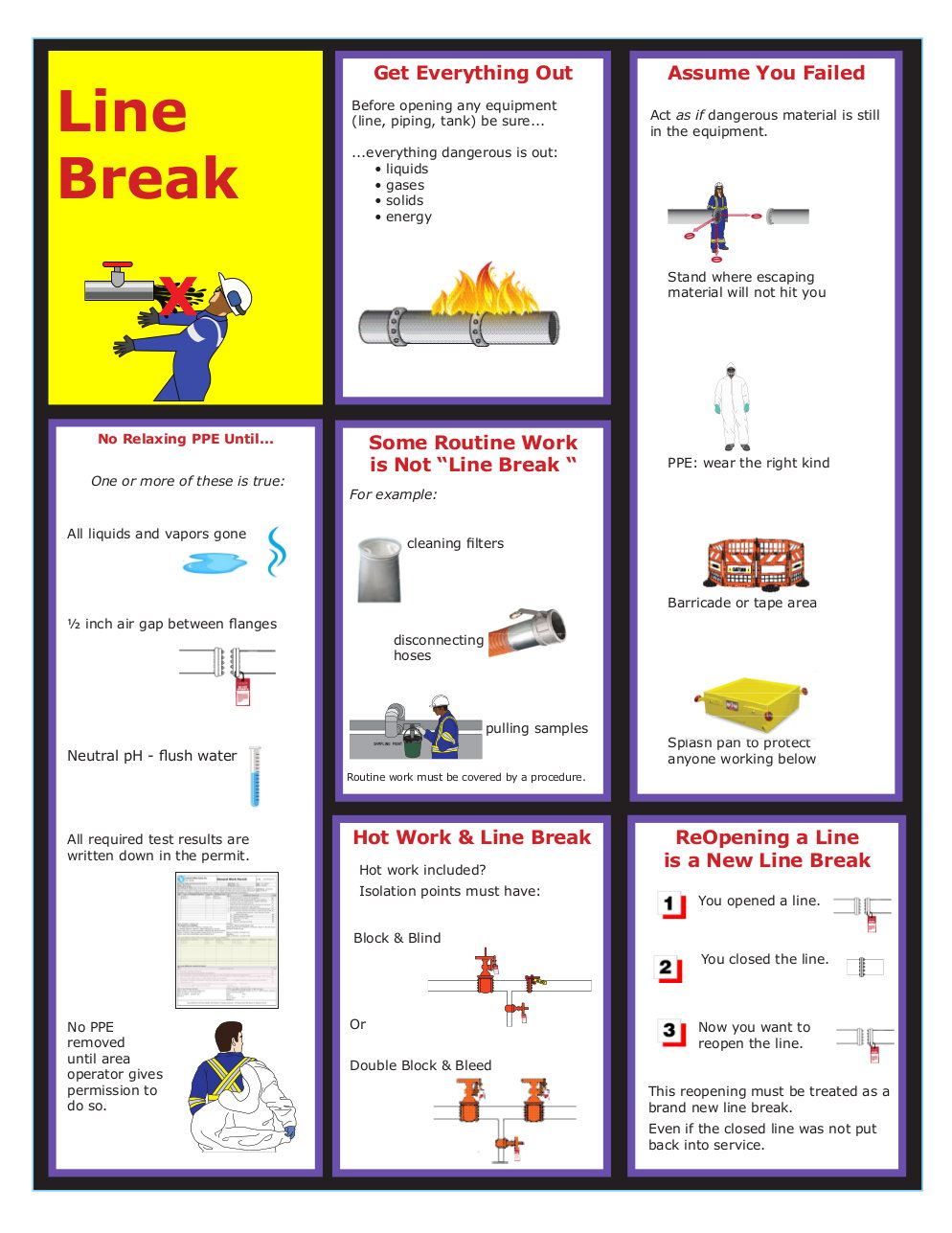As the length and complexity of procedures increase, the number of safety incidents also increases.

Procedure complexity increases errors
A study of 632 nurses and doctors from three hospitals and 47 medical units (e.g., surgery, anesthesiology, cardiology, orthopedics) found that medical errors increased when procedures were highly complex.
Medical errors were mistakes that injured patients, such as a wrong medication, a patient falling from a bed because the railing was not raised, inaccurate labeling of test results, etc.

Talking Points and References
When employees are given simple procedures, errors decrease. But as procedure complexity increases, errors also increase.
Healthcare study
A study conducted in Israel asked 632 nurses and doctors to evaluate the detail of their safety procedures. Researchers correlated this data to each unit’s annual number of treatment errors that resulted in accidents to patients.
The researchers found that when employees have no written procedures, giving them some written procedures helps to decrease incidents. However, as the length and detail of the procedures increases, the number of incidents increases.
Although this research was conducted with doctors and nurses in hospitals, the lesson can be applied to the chemical process industries (CPI). Can we find ways to reduce the length and complexity of our procedures?
Why do procedures get more complex?
The study found that after a serious medical error occurred, a typical reaction was to revise the procedure, adding length and steps.
Over time, these well-intentioned changes increased the procedures’ complexity, which led to an unanticipated increase in medical errors.
Katz-Navon, T., et al., “Safety Climate in Health Care Organizations: A Multidimensional Approach,” Academy of Management Journal, 48 (6), p. 1075–1089 (2005).
Possible fix

One possible fix is to add a cover page to existing procedures.
A cover page is an illustrated guide that highlights the parts of a procedure employees are most likely to get wrong.
The cover page does not replace the procedures; instead, it sits on top and gives helpful information and guidance.
The sample on the right is a picture-based cover page for a line-break procedure.
This Safety Minute was prepared by Larkin Communication (www.larkin.biz) in partnership with CEP.

Copyright Permissions
Would you like to reuse content from CEP Magazine? It’s easy to request permission to reuse content. Simply click here to connect instantly to licensing services, where you can choose from a list of options regarding how you would like to reuse the desired content and complete the transaction.
